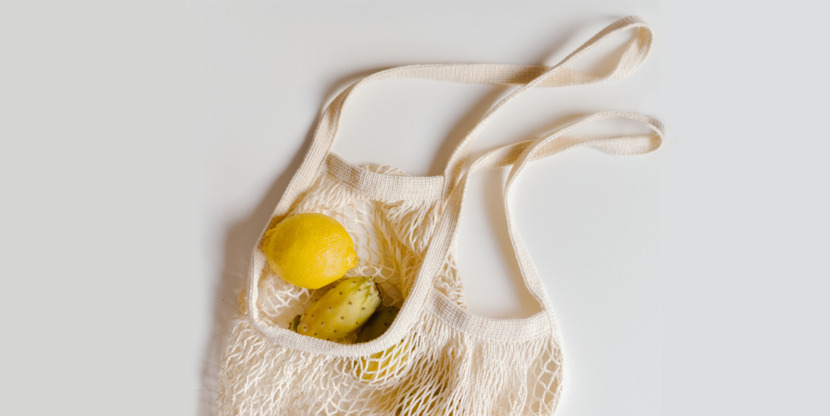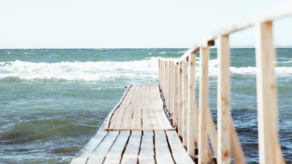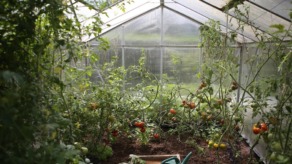How to start a zero waste life

Zero Waste stands for living with no (or at least a lot less) waste. Instead of throwing things away that are then burned, you give them a second life. Not only is it better for the environment, it’s good for your wallet too. But where do you start?
The ultimate goal of the Zero Waste movement is to ensure that there will no longer be any harmful emissions caused by waste. And that doesn’t mean that you can’t ever take a shower again; a more sustainable life can be achieved in all sorts of ways. Here are a few handy tips and ideas for those who are interested in it.
The preparation
First ask yourself: What do I find important? Do you want to waste less, or do you want to save money (or maybe both)? Next, consider what—for you—causes the most unnecessary clutter and waste: Do you have a closet full of clothes that you never wear; is your trash bag full of plastic packaging when you take it out; or do you always have food left over? When you know the answer to this, you can take the first steps: Make smaller portions of food, for example, or freeze what you have left for another day. Or go through your clothes and donate or trade anything you don’t wear.
What’s more, you can also look at the things that you do use often and find sustainable alternatives to replace them with.
Ways to live with less waste
Take your own bag
Plastic is by far the biggest problem for the environment. To help combat that, you can easily change some habits in your daily life. For example, take your own (linen) bag when you go (grocery) shopping instead of buying a plastic bag every time.
Use your own bottle
Plastic bottles take 450 years (!) to decompose completely. If you often buy a new bottle of water when you are on the road, it may be an idea to purchase your own bottle that you can reuse. At the end of the day, it’s also a great deal cheaper.
Reuse more
When it comes to sustainable alternatives, the road doesn’t stop at just plastic bags and water bottles. Think cotton handkerchiefs and cotton pads, preserving jars instead of plastic boxes, and tea towels instead of freezer bags. Take your own fork for your salad-to-go and leave the plastic cutlery in the supermarket.
Declutter and buy less
The easiest way to produce less waste is to buy less. For everything you want to buy, ask yourself: Do I really need this? If necessary, make it difficult for yourself and take out the amount of money that you want to spend for groceries in cash, for example, so that you do cannot needlessly throw anything in your basket along the way.







